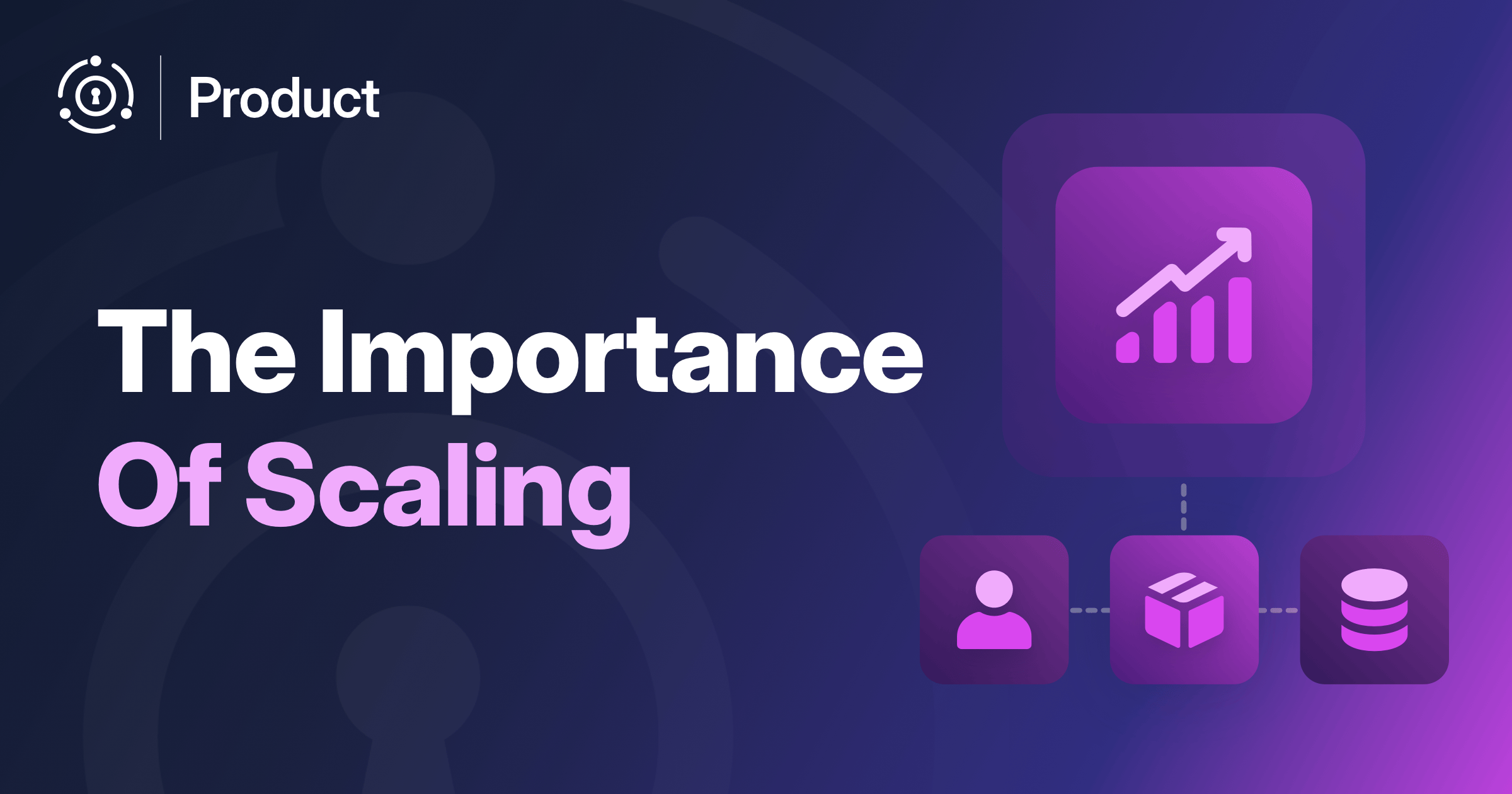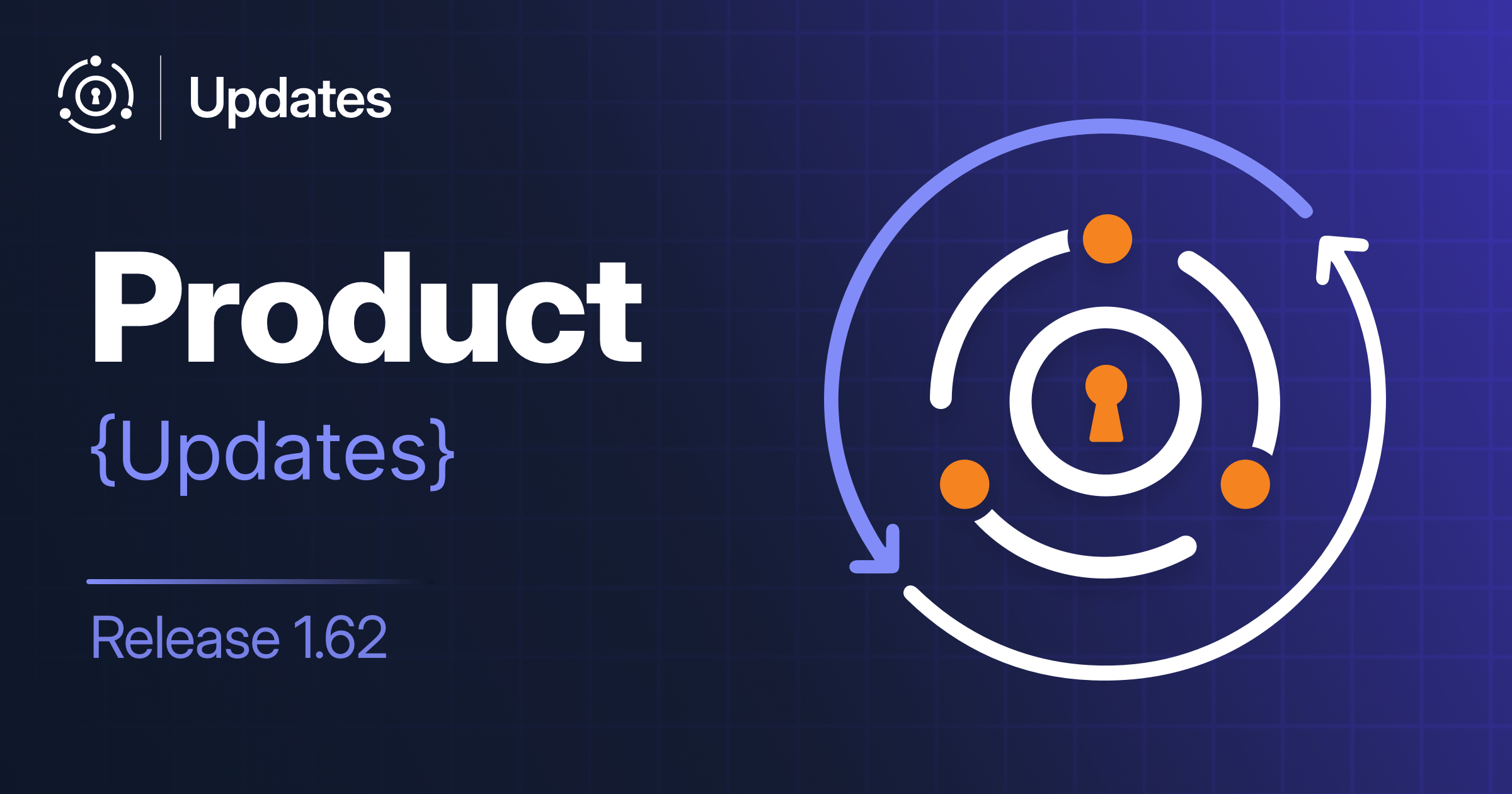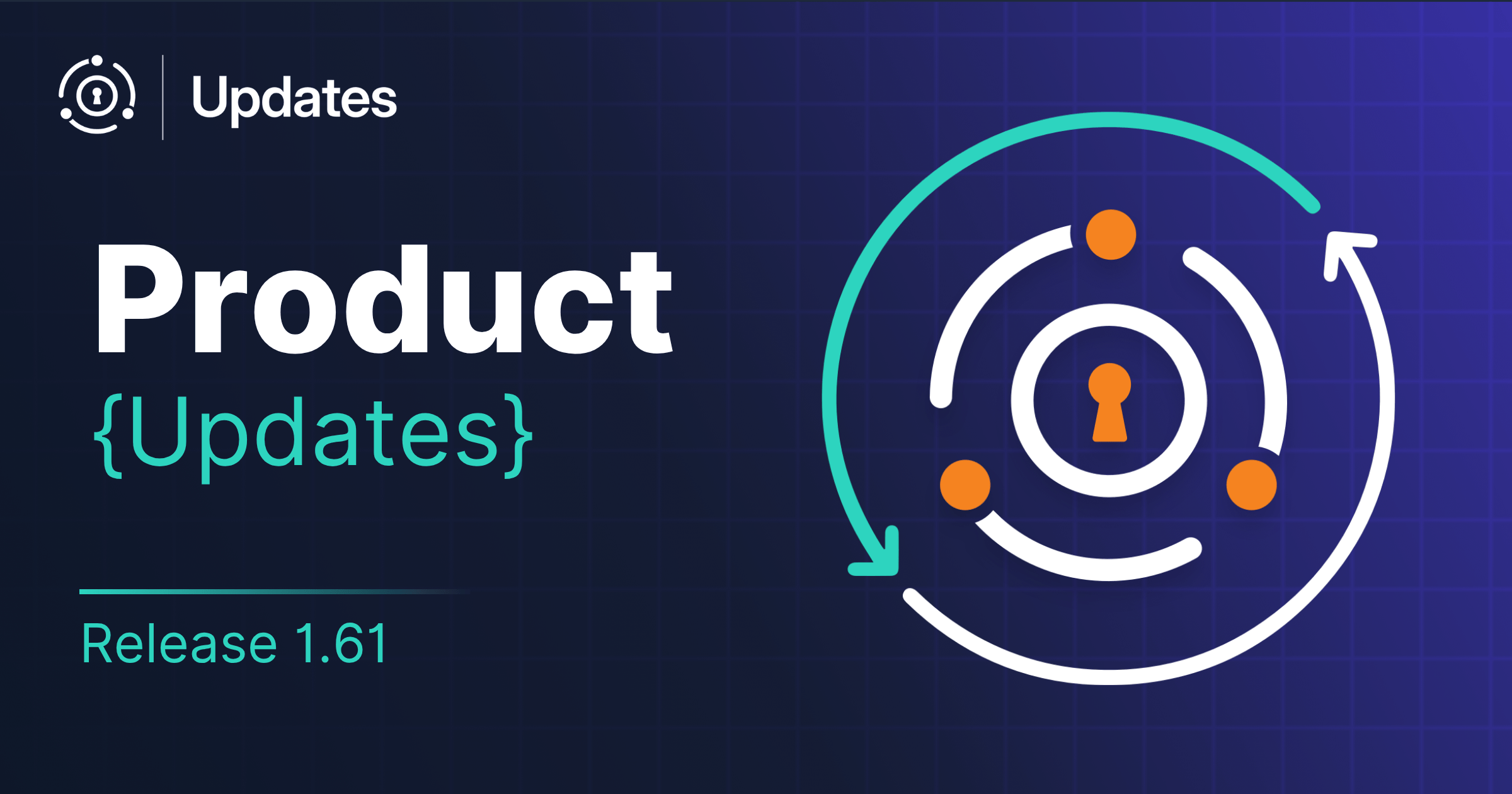Sometimes you just need a little space, right? Tenants in FusionAuth can provide logical separation of users and applications while letting admins manage one FusionAuth installation.
All plans of FusionAuth support multiple tenants within the same FusionAuth installation. Using this feature eases operational burdens while still maintaining logical divisions.
Why set up multi-tenant FusionAuth?
Pretend you have a SaaS application which lets people manage their todos. It’s a glorious task management application. Your company, TodoInc, sells accounts to individuals. That application lives at app.todo.com. You are using FusionAuth as your user data store, and you have other applications using it as well: a forum application, Zendesk for customer support and GSuite.
However, Company1, a large multinational corporation with a big checkbook, approaches you. They want a premium version; they have decided that your todo application is too good to live without. They want their application to be separate, private labeled, and located at todo.company1.com. They’re willing to pay a premium price, as well.
You realize you can offer this easily by modifying your application to respond to multiple hostnames. The logic is pretty straightforward.
But what about your users? The accounts at todo.company1.com should be entirely separate from the accounts at app.todo.com. What if the CEO of Company1 has an account at app.todo.com with the email address ceo@company1.com, and then signs up for a corporate account with that same email address?
Will those be considered the same user? They shouldn’t be. It doesn’t make sense to mix personal and business tasks, and even though the email address for these two accounts is the same, they should be separate.
Furthermore, suppose you sell Organization2 a premium subscription as well, to be hosted at todo.organization2.org. These user accounts should be independent too, with no possibility of collision, even if the CEO of Company1 volunteers there, and registers an account there with the email address ceo@company1.com to keep track of their tasks at Organization2.
Each standalone application’s login pages must also be branded; your clients want their apps customized to match their websites. Oh, and by the way, Company1 wants users to authenticate against ActiveDirectory, and Organization2 wants users to be able to login with their Facebook accounts.
What to do?
We got ya. You can handle this scenario in two different ways with FusionAuth.
Separate FusionAuth servers
The first option is running separate FusionAuth instances on separate servers, each with their own backing database. This is easy to understand and has some strengths:
- You can scale each installation independently.
- The servers can be located in different legal jurisdictions.
- The FusionAuth admin UI can be made available to premium clients if desired.
However, operationally this choice leads to complexity. There’s the cost of running and maintaining the different servers. You’ll need to make sure that configuration such as admin accounts, webhooks, and API keys are synced. When any employee of TodoInc departs, you’ll need to ensure you remove accounts across all the servers.
You’ll also need to automate your server rollout process so that todo.company1.com doesn’t get left behind when you upgrade. And you’ll need some way to let your customer service folks know which installation is associated with which client, so that when a request comes in to reset a password, they aren’t hunting across different servers. This isn’t a big issue when you have only three private labeled accounts, but when you have twenty or two hundred, it becomes problematic.
Tenants to the rescue
FusionAuth provides an easier option: tenants. Tenants are a first class construct in FusionAuth. When you set up a new instance, there is one tenant installed: “Default”. And sometimes one is enough.
But you can create as many as you’d like. From the perspective of a user signing in, each tenant is a separate installation. Each tenant has its own email templates, themes, application configurations and users. API keys can be scoped to a tenant, so if you want to give a client an API key to allow them to create their own integrations, you can. This allows for tighter integrations between your todo application and your clients’ systems, and is a nice premium feature to offer with no cost to you.
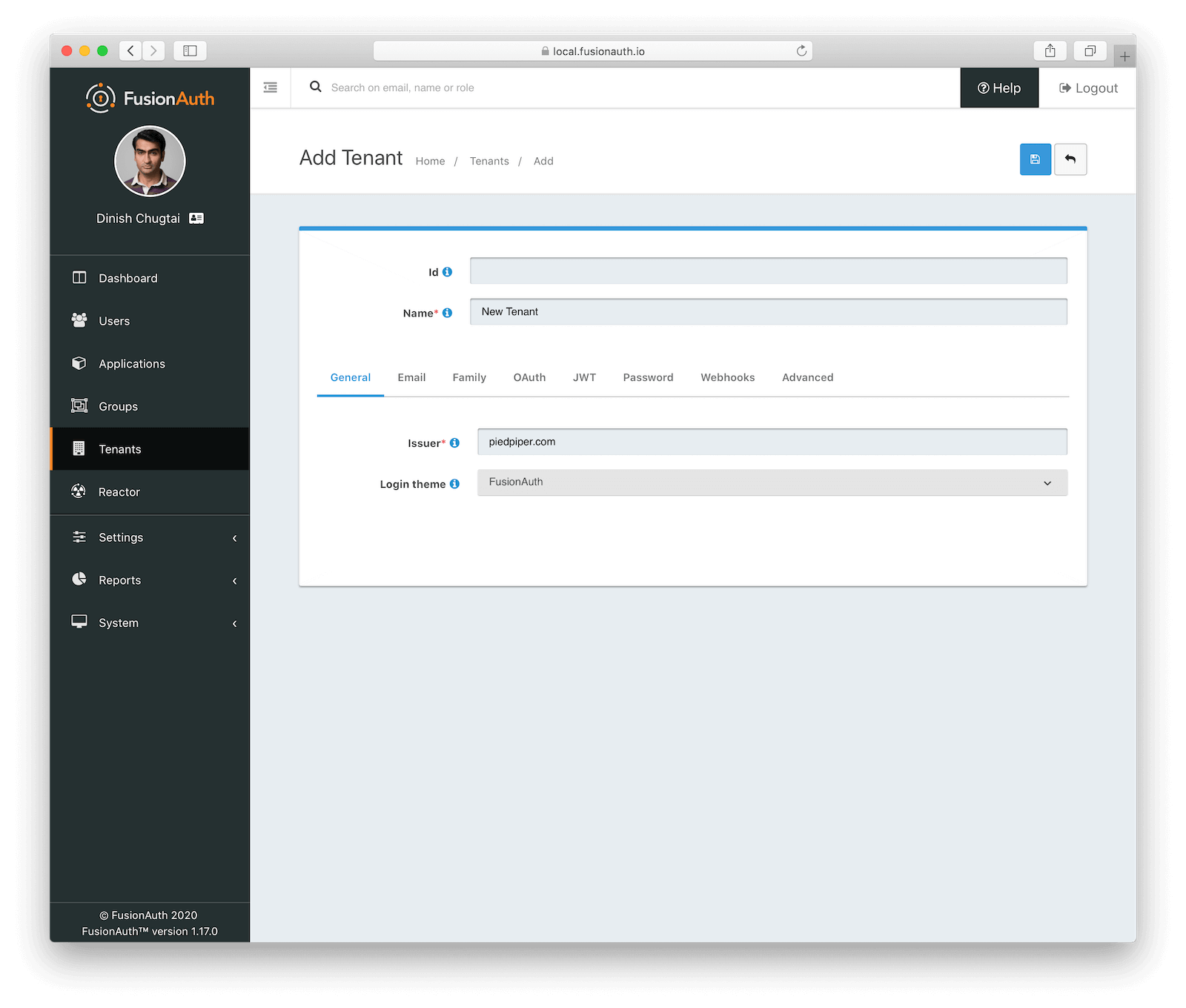
You can change the token issuer, password rules, and many other settings at the tenant level. The look and feel of the login, forgot password and all other OAuth pages can be customized per tenant. You can also duplicate an existing tenant to easily start from a solid set of defaults.
When you have two or more tenants, the admin UI displays a new column showing you with which tenant each application is associated.
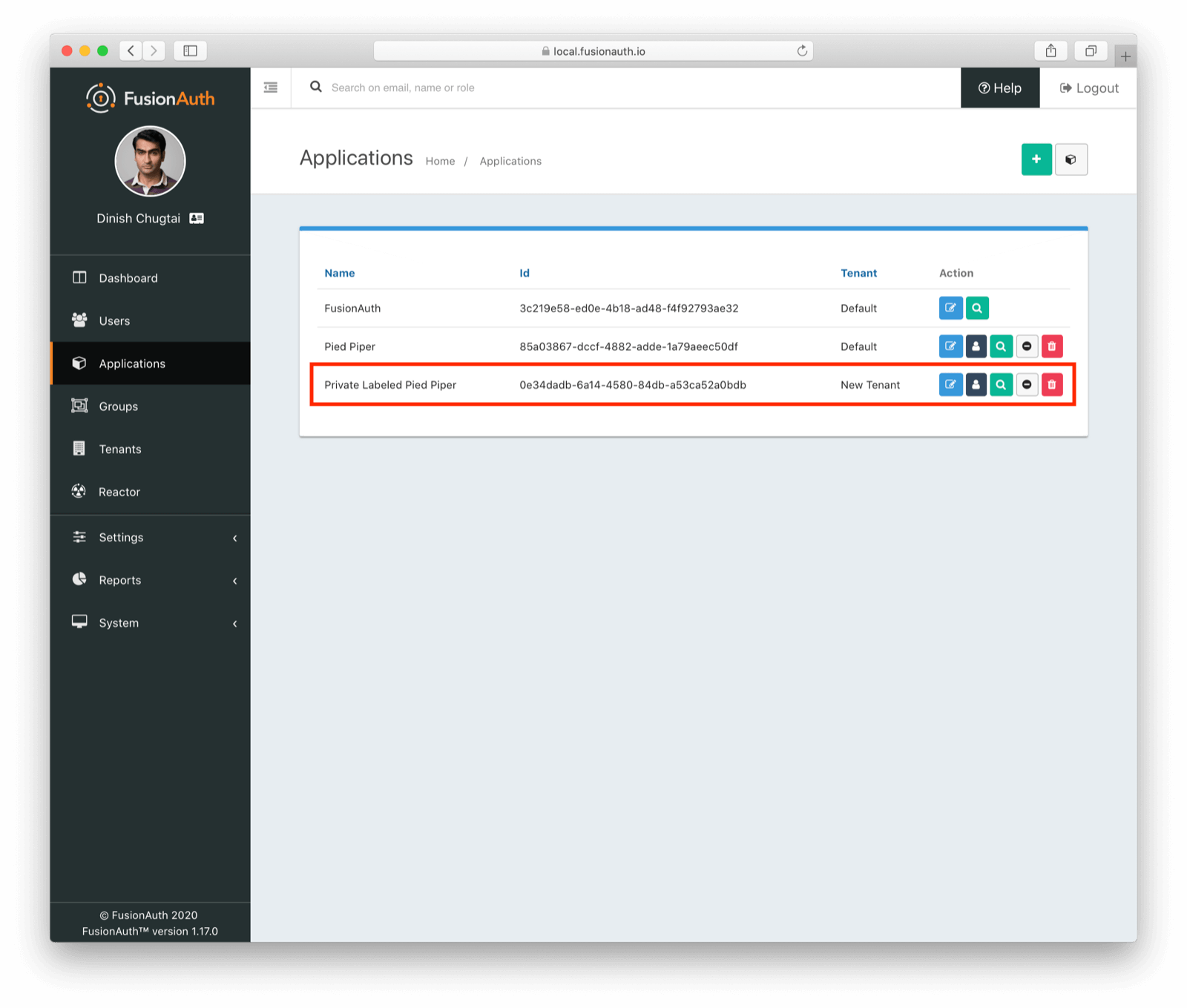
Normally a user’s email address is unique across FusionAuth. But each tenant is a separate userspace, so you can have two different user accounts with the same email, but different data, passwords and application associations.
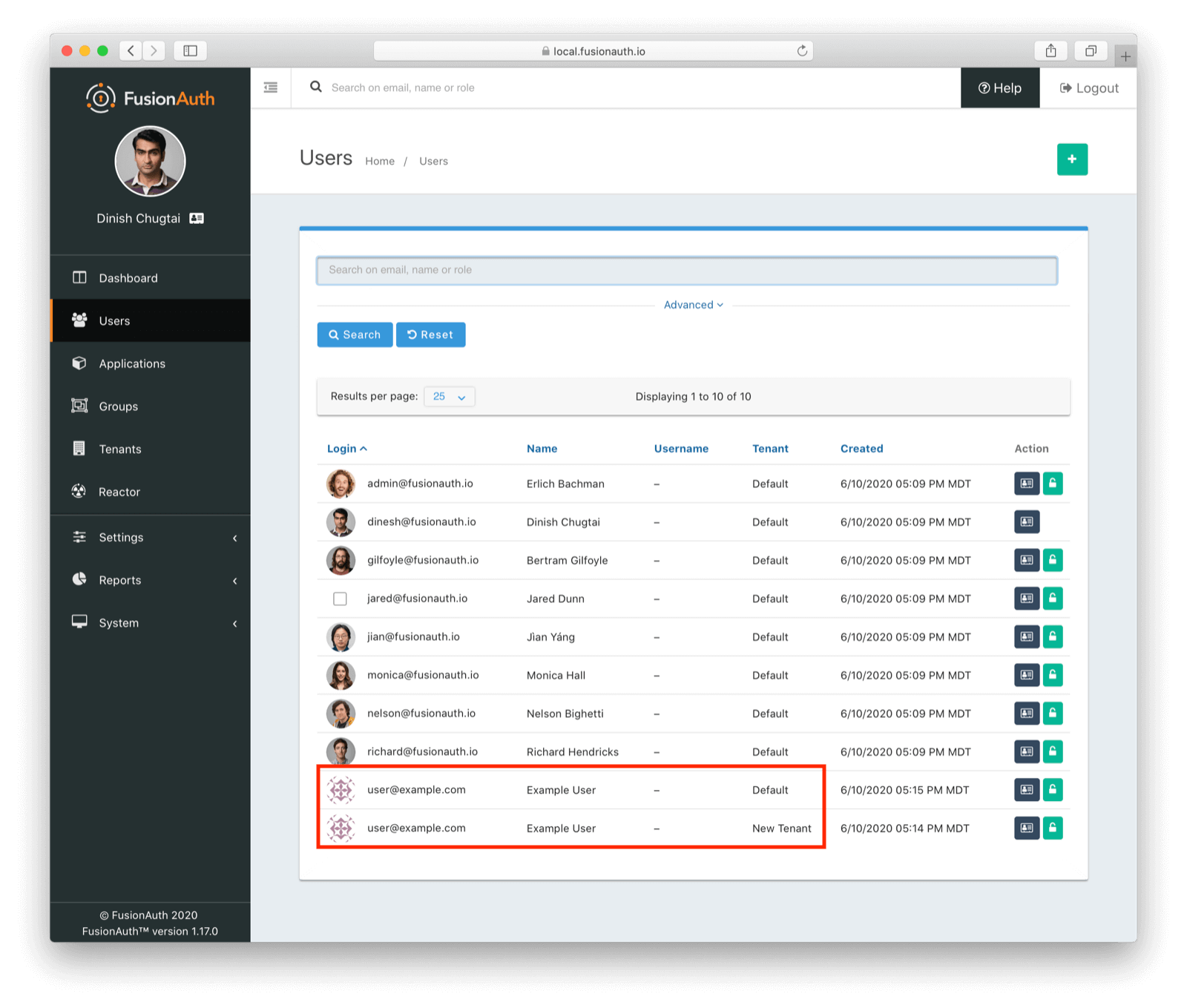
For administrators, there are significant benefits with tenants. You get ample separation as mentioned above. But as an admin, you have one view into all system activity. You also only have one FusionAuth installation to manage, secure, and upgrade.
Operations has one place to go to set up new API keys or webhooks. If your customer service reps need to reset a password, they don’t have to track down the correct FusionAuth installation. Central user management makes their lives easier.
How to create tenants via API
Even better, tenant creation can be automated. Every time TodoInc sells a premium subscription, code can automatically create a corresponding tenant, like so:
def create_new_tenant(generic_tenant_client, name)
# create a new tenant based on the default tenant
tenants_response = generic_tenant_client.retrieve_tenants
if tenants_response.status != 200
puts "Unable to retrieve tenants."
return
end
default_tenant_id = tenants_response.success_response.tenants.select { |t| t.name == 'Default' }[0].id
default_tenant_theme_id = tenants_response.success_response.tenants.select { |t| t.name == 'Default' }[0].themeId
new_tenant_request = { "sourceTenantId": default_tenant_id, tenant: { "name" : "New client - "+name }}
new_tenant_response = generic_tenant_client.create_tenant(nil, new_tenant_request)
if new_tenant_response.status != 200
puts "Unable to create tenant."
puts new_tenant_response.error_response
return false
end
new_tenant = new_tenant_response.success_response.tenant
[default_tenant_theme_id, new_tenant]
endIn this code snippet, we find the tenant with the name Default and duplicate it, creating a new tenant with the same settings. The full code, which creates and modifies a new theme is available if you want to take a look. This example is written in ruby, but you can use any of our client libraries to automate this process.
Caveats
Once you create a second tenant, API access typically needs to pass in a tenant identifier. This isn’t difficult, but you should plan for it. For ruby, it’s as simple as setting the tenant id on a client object:
# ...
tenant_client = FusionAuth::FusionAuthClient.new(API_KEY, 'http://localhost:9011')
tenant_client.set_tenant_id(TENANT_ID)
user = tenant_client.retrieve_user_by_email('jared@piedpiper.com')
# ...In conclusion
With tenants, you get operational simplicity as well as logical separation of data. Your ops and customer success teams will thank you for the former, and you’ll be able to private label your offering because of the latter.







